In the past, most cars haddoor locks that you had to operate manually. Obviously, that’s no longer the case since nearly all modern vehicles have power door locks operated by actuators.
A door lock actuator is basically a reversible motor (or a solenoid on some vehicles) with gears that operate the door lock. The motor reverses direction so that when you press the switch to unlock the doors, the lock moves in one direction. Then when you press the switch to lock the doors, the lock moves in the opposite direction.
Typically, on older vehicles, when you press the door lock switch, power flows through a relay to the door lock actuator. On most new vehicles, however, when you press the lock switch, a signal is sent to a control module (usually the body control module). The module then supplies the power to the actuator to unlock the door.

The concept of a door lock actuator works great—until it doesn’t. When the actuator fails (or starts to fail), you’ll likely notice one or more symptoms that make your daily commute less pleasant.
Symptoms of a Faulty Door Lock Actuator
One thing to remember is that there’s an actuator at each door. That means a faulty actuator will only affect a single lock.
If none of the locks work, the problem lies elsewhere.

With that in mind, the most common symptoms of a faulty door lock actuator include:
Power Door Lock Doesn’t Work
A single bad door lock actuator can prevent one of your car’s power door locks from working. You’ll still be able to operate the lock manually, but the power function will not work.
Power Door Lock Operates Erratically
In some instances, a bad actuator may cause the door lock to behave erratically—locking or unlocking when it should not.

Strange Noises When Operating the Power Lock
A door lock actuator that’s on its way out may make a clunking, clicking, or grinding noise during operation.
Sluggish Operation From the Door Lock
In some instances, a weak door lock actuator may still be able to operate the door lock, but operation may be sluggish and/or intermittent.
Door Lock Actuator Troubleshooting
In most cases, if only one power door lock isn’t working, the problem is either the door lock switch or the door lock actuator—though the issue could be a less-common circuit problem as well.
One way you can narrow down the list of possible causes is by checking whether there’s power to the actuator. If power is reaching the actuator, but the power lock doesn’t work, the actuator is probably faulty.
You can verify whether power is present by using a digital multimeter (DMM). Here’s how it’s done:
Note: The following are general guidelines for educational and entertainment purposes only. Consult your vehicle’s factory information for specific repair instructions and recommended safety procedures.
1. Put on your safety glasses.
2. Remove the door panel to access the door lock actuator.
3. Visually inspect the actuator to ensure it’s mounted properly and the linkage is not binding.

4. Remove the actuator connector.
5. Set your meter to the 20 volts DC scale.
6. Connect the negative meter lead to a good ground. Then connect the positive meter lead to one of the power feed terminals on the harness side of the actuator connector.
Note: If your vehicle has more than two wires going to the actuator, you will need to consult a wiring diagram in a repair manual to determine which are the feed wires.
Also, you can use jumper wires (or a Power Probe) to apply 12 volts directly to the actuator. However, because the actuator is often difficult to get to, it’s usually easier to check for power to the actuator.
Here is a video demonstrating the jumper wire method:
What to Do if You Have a Bad Door Lock Actuator
If you’re dealing with a bad door lock actuator, you can do one of two things: Live with the problem (and operate the lock manually) or move forward with replacing the actuator.
Replacing the actuator will cost you money, but it will also make your vehicle more convenient.
How to Get an Affordable and Reliable Door Lock Actuator
Door lock actuators play a critical role in operating the power door locks of your vehicle’s doors. If one of the actuators fails, its respective door will develop issues like odd noises, erratic operation, or failure. For an affordable yet high-quality replacement door lock actuator, order here at CarParts.com.
Why take the trouble of stepping out of your home or office when you can shop online at CarParts.com? Finding a replacement part is as easy as entering your vehicle’s year, make, and model in our website’s built-in vehicle selector. The checkout process is secure for your convenience and peace of mind, and you can always ask our helpful customer service team about our products.
So what are you waiting for? Browse our array of door lock actuators here at CarParts.com and shop now to get the best bang for your buck.
Products Mentioned in this Guide
Shop this Project



Any information provided on this Website is for informational purposes only and is not intended to replace consultation with a professional mechanic. The accuracy and timeliness of the information may change from the time of publication.


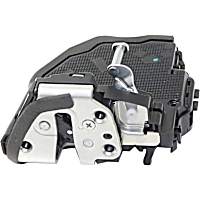 Door Lock Actuator
Door Lock Actuator
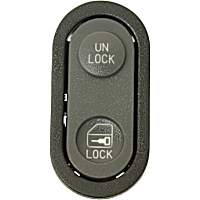 Door Lock Switch
Door Lock Switch
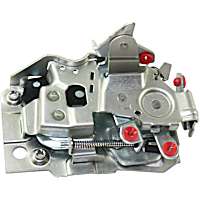 Door Lock
Door Lock
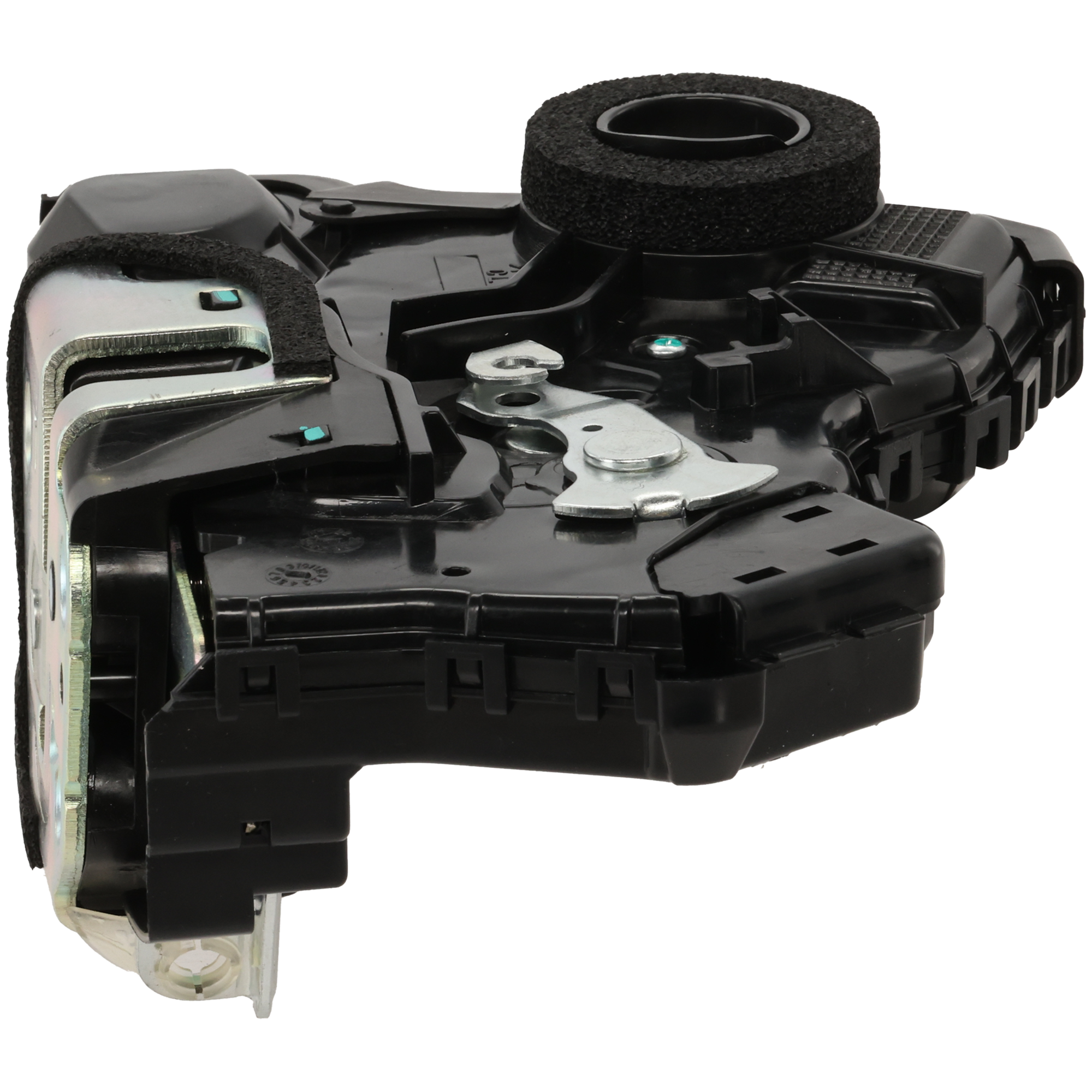






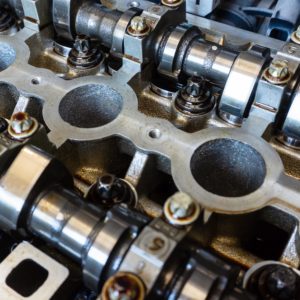























I have a 2013 Lincoln sedan mks and the locks are unlocking by themselves and makes a clicking noise, the hazards start flashing and im not able to lock the doors while its clicking. It also caused the car battery to die. What could be the issue ?
Can freezing temperatures cause an actuator to fail
My 2017 Kia Sorento was showing the driver side door was open when it was closed, would not let me lock doors while driving but could lock them when I got our the car although the dash would still show the drivers side was open, it lasted about a week week and then the light went out was able to lock the doors on the inside while driving but the nest day it would not start at all could not unlock the doors, no power even though I had a brand new battery, have anyone ever experienced this problem, if so can you share with me what the problem might be